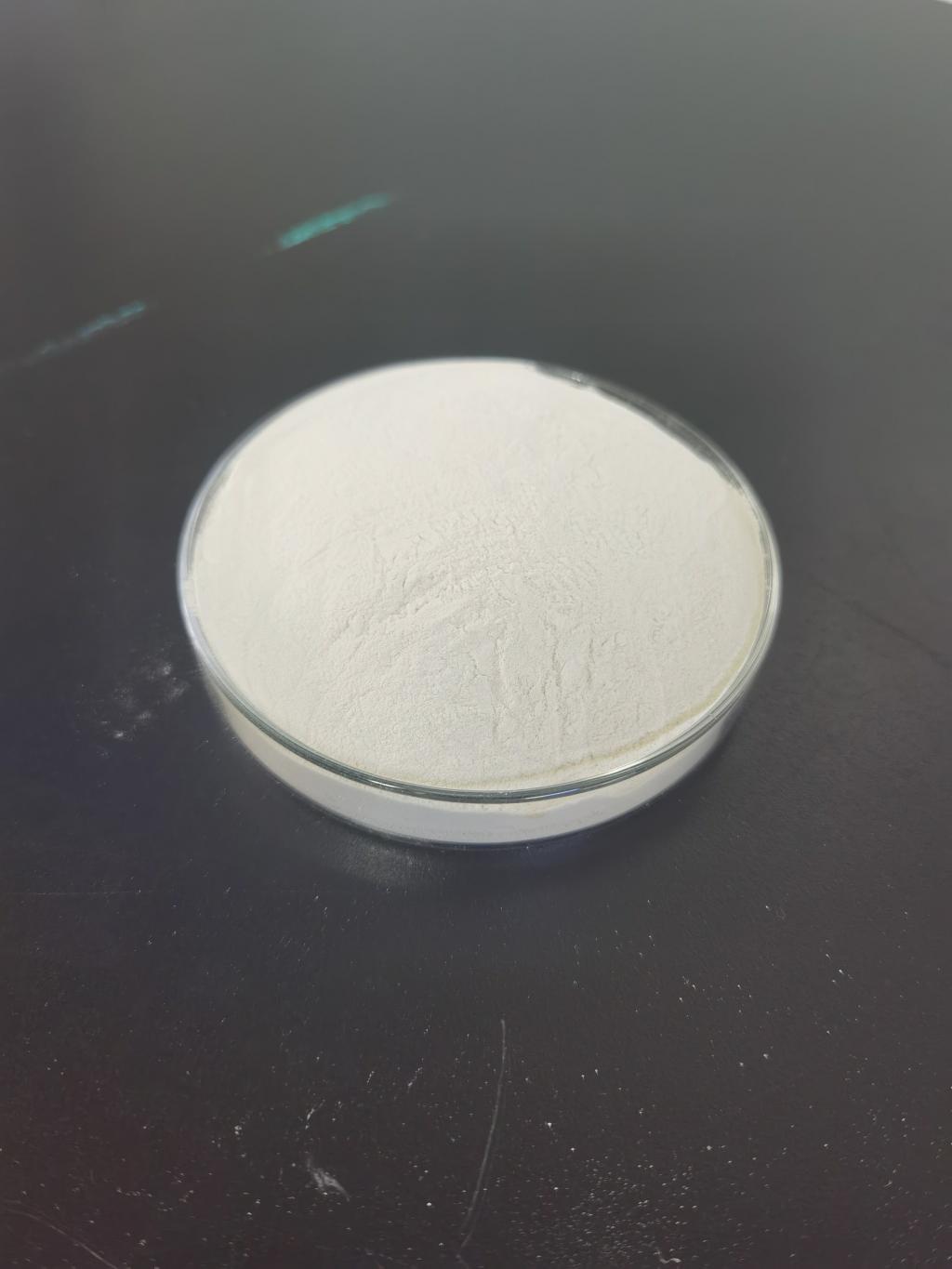Tel:+8618231198596

News
 CONTACT
CONTACT
 CONTACT
CONTACT
- Linkman:Linda Yao
- Tel: +8618231198596
- Email:linda.yao@dcpharma.cn
- Linkman:CHARLES.WANG
- Department:Overseas
- Tel: 0086 0311-85537378 0086 0311-85539701
News
Current Position:
Home >
News
>Can Nisin be used as a natural alternative to antibiotics in animal feed?
Can Nisin be used as a natural alternative to antibiotics in animal feed?
TIME:2023-03-17
Antibiotics have been widely used in animal feed for decades to promote growth and prevent disease in livestock. However, the overuse of antibiotics in animal agriculture has led to the development of antibiotic-resistant bacteria, which pose a significant threat to human health. The World Health Organization (WHO) has warned that antibiotic resistance is one of the greatest threats to global health, and has called for a reduction in the use of antibiotics in animal agriculture.
Nisin has been shown to have antimicrobial properties against a wide range of bacteria, including some antibiotic-resistant strains. It works by disrupting the cell walls of bacteria, causing them to die. Unlike antibiotics, which target a specific group of bacteria, nisin has a broad-spectrum activity, which means it can kill a wide range of bacteria.
Several studies have investigated the use of nisin as a natural alternative to antibiotics in animal feed. In one study, researchers added nisin to the feed of broiler chickens and found that it improved their growth performance and reduced the number of bacteria in their gastrointestinal tract. In another study, nisin was added to the feed of weaned piglets and was found to reduce the incidence of diarrhea and improve their growth rate.
Nisin has also been shown to be effective against bacteria that cause diseases in livestock, such as E. coli and Salmonella. In one study, nisin was added to the drinking water of chickens infected with E. coli, and it was found to significantly reduce the number of bacteria in their feces. In another study, nisin was added to the feed of pigs infected with Salmonella, and it was found to reduce the number of bacteria in their feces and improve their clinical symptoms.
In addition to its antimicrobial properties, nisin has been shown to have other potential health benefits for animals. It has been shown to stimulate the immune system and reduce inflammation, which could help to prevent and treat a range of diseases in livestock.
Despite its potential as an alternative to antibiotics in animal feed, there are some challenges associated with using nisin. One of the main challenges is the cost. Nisin is more expensive than many antibiotics currently used in animal feed, which could make it less attractive to farmers and food producers. In addition, there are regulatory challenges associated with using nisin in animal feed, as it is currently not approved for this use in all countries.
In conclusion, nisin has the potential to be a natural alternative to antibiotics in animal feed. It has been shown to have antimicrobial properties against a wide range of bacteria, as well as other potential health benefits for animals. However, there are some challenges associated with using nisin, including its cost and regulatory issues. Further research is needed to determine the optimal dose and duration of nisin treatment, as well as its long-term effects on animal health and productivity.
- Tel:+8618231198596
- Whatsapp:18231198596
- Chat With Skype







